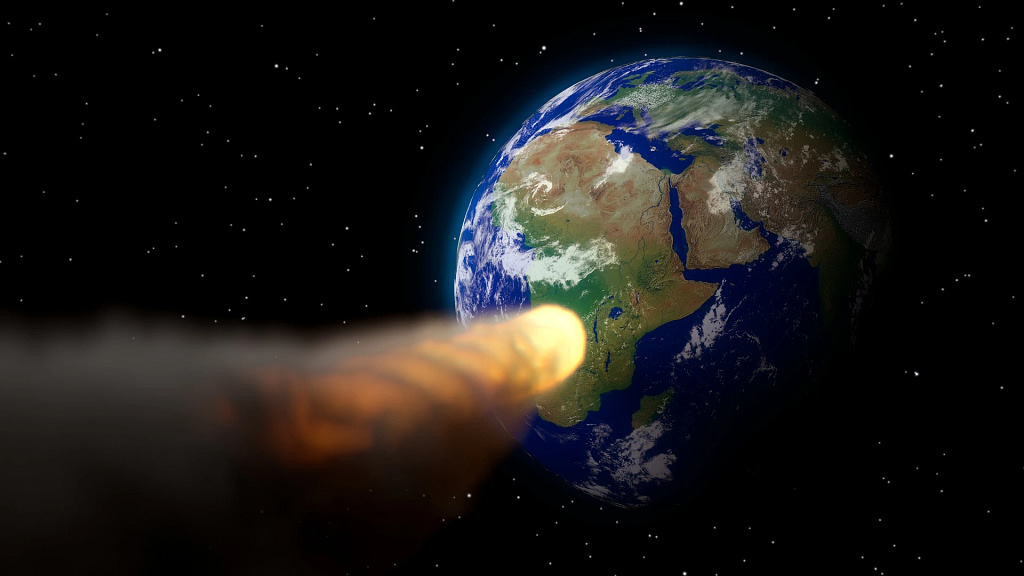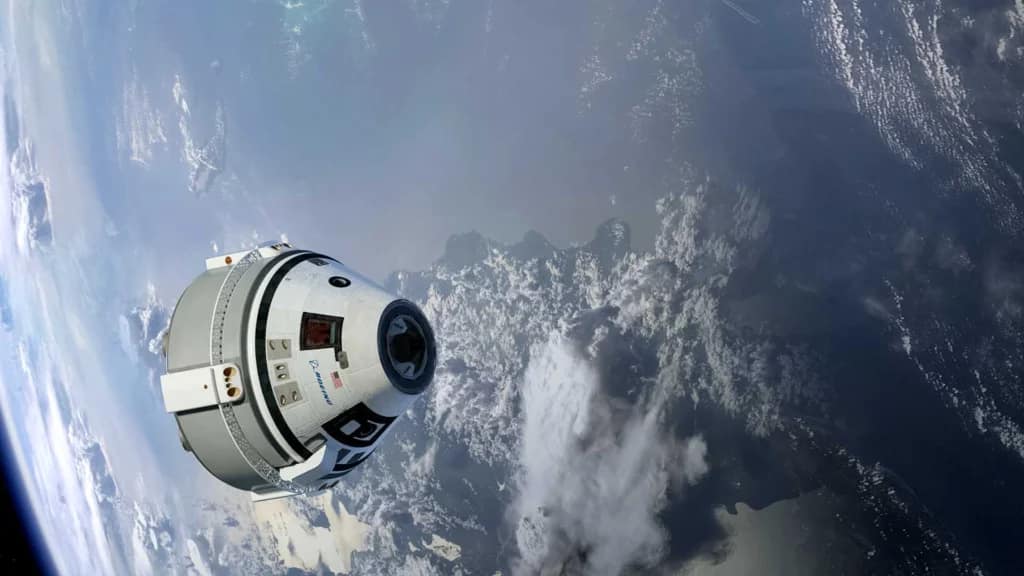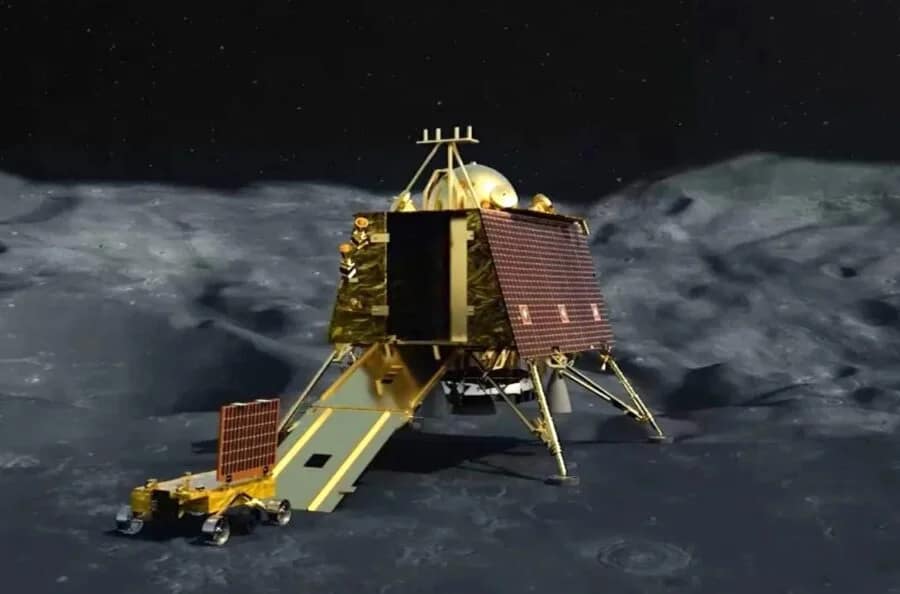According to SpaceX, the Starlink satellites are built to entirely burn up after re-entry, thereby posing no risk. The FAA estimates that the likelihood of a stray satellite fragment killing someone on the ground will increase to 61% annually. The Federal Aviation Administration recently issued a dire warning: by 2035, there will be a higher than 60% probability that a falling SpaceX’s satellite will hit and kill someone on Earth.
In the vast expanse of the cosmos, human-made satellites have become integral components of our modern lives. They power global communication networks, enable weather forecasts, and even provide internet access to remote areas. Among the prominent players in the satellite industry, Elon Musk’s SpaceX has been a household name, but recent developments have raised questions about the stability of its satellite constellation. While SpaceX grapples with the challenges of its satellite network, China is making ambitious strides to challenge the SpaceX-dominated space arena. This article delves into the issues plaguing SpaceX’s satellite network and China’s grand aspirations to rival the American space giant.
SpaceX, under the visionary leadership of Elon Musk, is known for its ambitious projects, one of which is the Starlink satellite internet network. Starlink aims to provide internet coverage to over 50 countries, bridging the digital divide for remote and underserved regions. To achieve this, SpaceX launched a fleet of mini Starlink satellites in February, intended to be a next-generation solution to meet the surging demand for internet connectivity. However, these mini satellites have been facing a daunting problem – they are falling from the sky and burning up in the Earth’s atmosphere.
SpaceX’s Satellite Use
The predicament of SpaceX’s satellites is indeed perplexing. The mini-satellites, though meant as temporary solutions to boost Starlink’s capacity, were expected to maintain their orbits. But they have been defying this expectation. This unsettling situation raises critical questions about the reliability and longevity of SpaceX’s satellite network. Elon Musk himself admitted that these satellites are experiencing issues, and there is a possibility that the entire batch of 20 satellites may be de-orbited, meaning they could all fall to Earth.
China’s Ambitious Space Challenge
China, on the other hand, is closely monitoring these developments and has ambitions of its own in the satellite industry. With the intention of challenging SpaceX, China is working on a colossal constellation of satellites. This project involves deploying close to 13,000 low-orbit satellites. The reason behind this grand endeavor is complex. China views SpaceX’s Starlink as a potential threat, fearing that the United States could weaponize it, much like the current situation in Ukraine. Starlink is aiding Ukraine in staying connected to the world and is even being utilized by the Ukrainian military. China’s concerns about the weaponization of space are driving its determination to establish a competitive presence in orbit.
China’s multi-faceted approach to space dominance encompasses not only launching its own satellite network but also developing capabilities to suppress or damage Starlink satellites. This initiative is part of a government-backed project known as “guo Wang,” which translates to “State Network.” China’s drive to challenge American space supremacy is evident in its plans and actions. While SpaceX currently has around 3,000 operational satellites, Elon Musk envisions increasing this number to an astounding 42,000 satellites. In contrast, China is facing numerous challenges in its pursuit of space dominance, including a shortage of low orbit frequencies, which it attributes to the United States’ appropriation of these resources.
A research paper released by a Chinese Military University emphasized that the rapid development and deployment of Starlink was not merely a commercial endeavor but rather a strategic interest planned by the U.S. government. China’s response to this perceived challenge is two-fold: establishing its own extensive satellite network and researching ways to counter Starlink. This multifaceted approach showcases China’s dedication to breaking America’s monopoly on space capabilities.
The challenges faced by SpaceX are not unique. The demands on satellite networks are rapidly increasing, and providing consistent, high-quality service is a complex task. SpaceX’s quick decision to launch mini-satellites highlights the urgency of the situation. The surge in demand for internet connectivity, especially in remote and underserved areas, underscores the importance of projects like Starlink. However, the recent setbacks call for a reevaluation of satellite design, launch procedures, and overall network management.
China’s determination to challenge SpaceX in the satellite sector is not limited to its numbers game. China’s grand vision to deploy 13,000 satellites and its interest in countering Starlink’s capabilities reflect its intention to be a major player in space technology. This ambitious endeavor underscores the shifting dynamics in space exploration and the growing importance of satellite networks for both commercial and strategic purposes.




